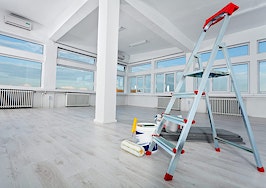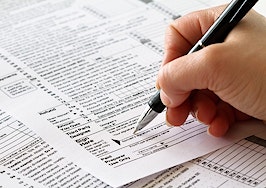A home office can provide a great tax deduction. However, taking this deduction could have a tax impact when you sell your home.
If your home office was located within your home, you do not need to allocate the gain (profit) on the sale of the property between the business part of the property and the part used as a home. This means that your entire profit qualifies for the special home-sale tax exclusion.
Under this exclusion, a substantial amount of the profit you make on the sale of your home is not taxable: up to $250,000 of the profit for single taxpayers and $500,000 for married taxpayers filing jointly. You qualify for the exclusion if you lived in your home for at least two out of five years before you sell it.
Example: Richard, a single taxpayer, lived in his home for 10 years and had a home office in a bedroom, amounting to 10 percent of the home. He sells the home for $100,000 profit. Since the office was within the walls of his home, his entire profit qualifies for the $250,000 exclusion and Richard owes no tax on it.
On the other hand, if your home office was not located inside your home — for example, it was in an unattached garage, cottage or guest house — you must allocate your profit between the living and office portions of the home and pay taxes on the profits that you allocate to your office.
Example: Assume that Richard from the above example has his home office in an unattached garage, amounting to 10 percent of his total home. Since his home office was not within the walls of his home, he must allocate his $100,000 profit between the main home and office. He owes tax on the $10,000 of capital gains attributable to his office (10 percent x $100,000 = $10,000).
To avoid this, you should eliminate the office outside the walls of your home and move it inside your home at least two years before you sell it.
However, wherever your home office was located, you will have to pay a capital gains tax on the depreciation deductions you took after May 6, 1997, for the office. These recaptured deductions are taxed at a 25 percent rate (unless your income tax bracket is lower than 25 percent).
Example: Carmin bought a $200,000 home six years ago and used one of her bedrooms as her home office. She sold her home this year for $300,000, realizing a $100,000 gain (profit). Her depreciation deductions for her home office for the last six years totaled $2,000. She must pay a tax of 25 percent of $2,000, or $500.
Having to pay a 25 percent tax on the depreciation deductions you took in the years before you sold your house is actually not a bad deal. This is probably no more — and is often less — tax than you would have to pay if you didn’t take the deductions in the first place and instead paid tax on your additional taxable income at ordinary income tax rates.
Stephen Fishman is a tax expert, attorney and author who has published 18 books, including “Working for Yourself: Law & Taxes for Contractors, Freelancers and Consultants,” “Deduct It,” “Working as an Independent Contractor,” and “Working with Independent Contractors.” He welcomes your questions for this weekly column.



